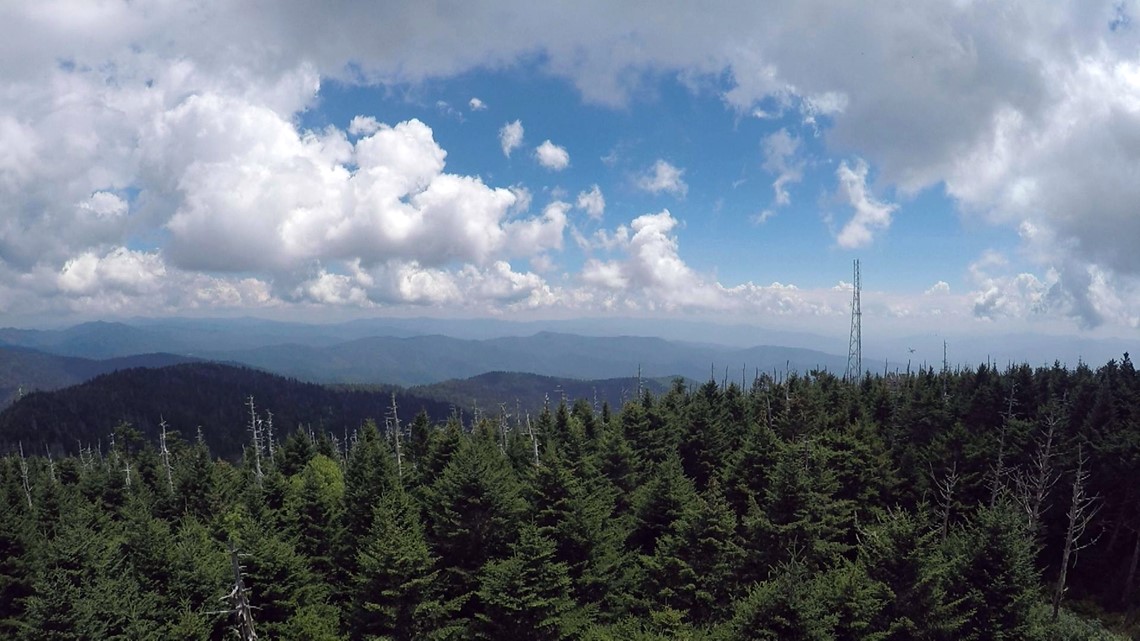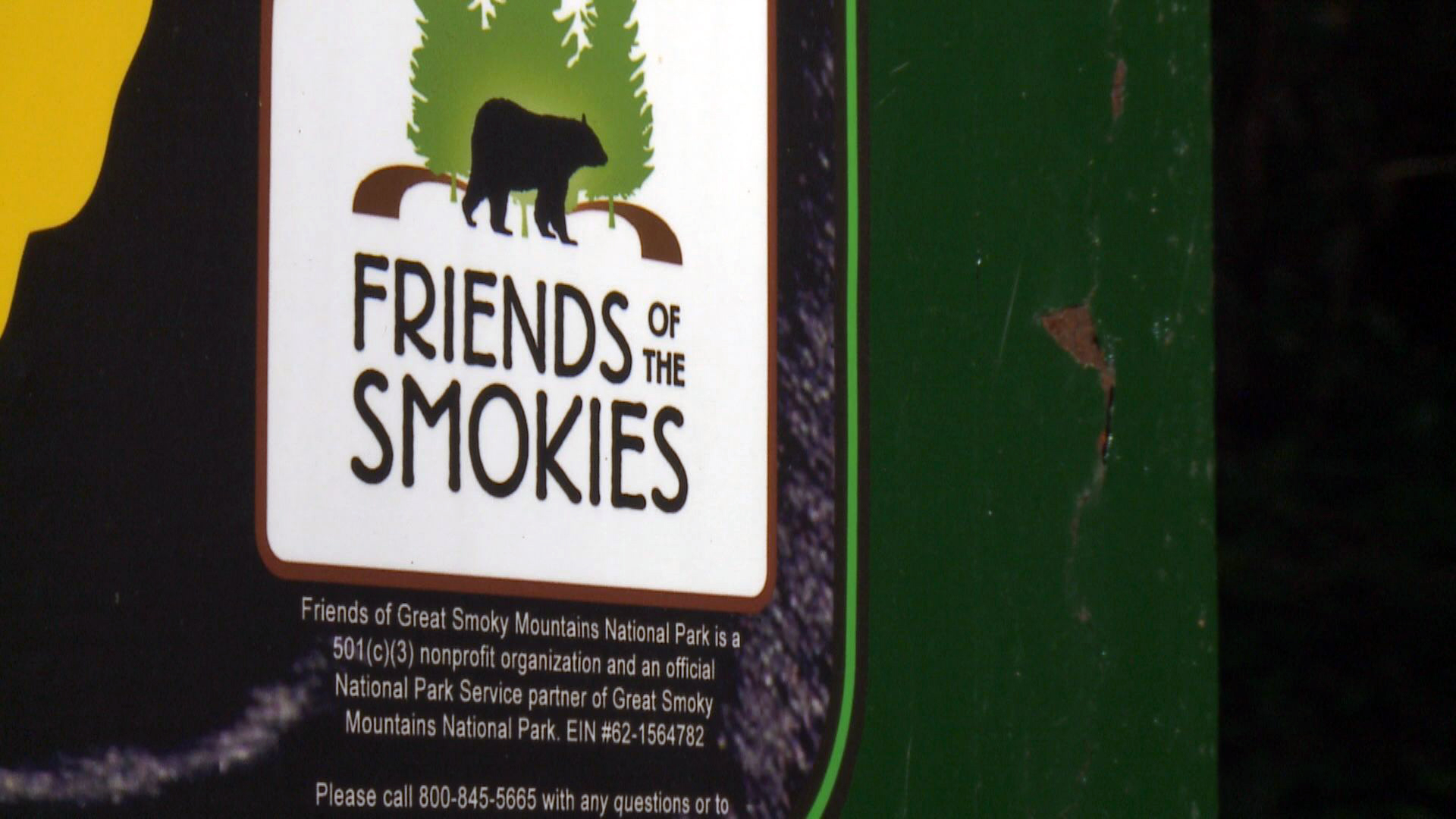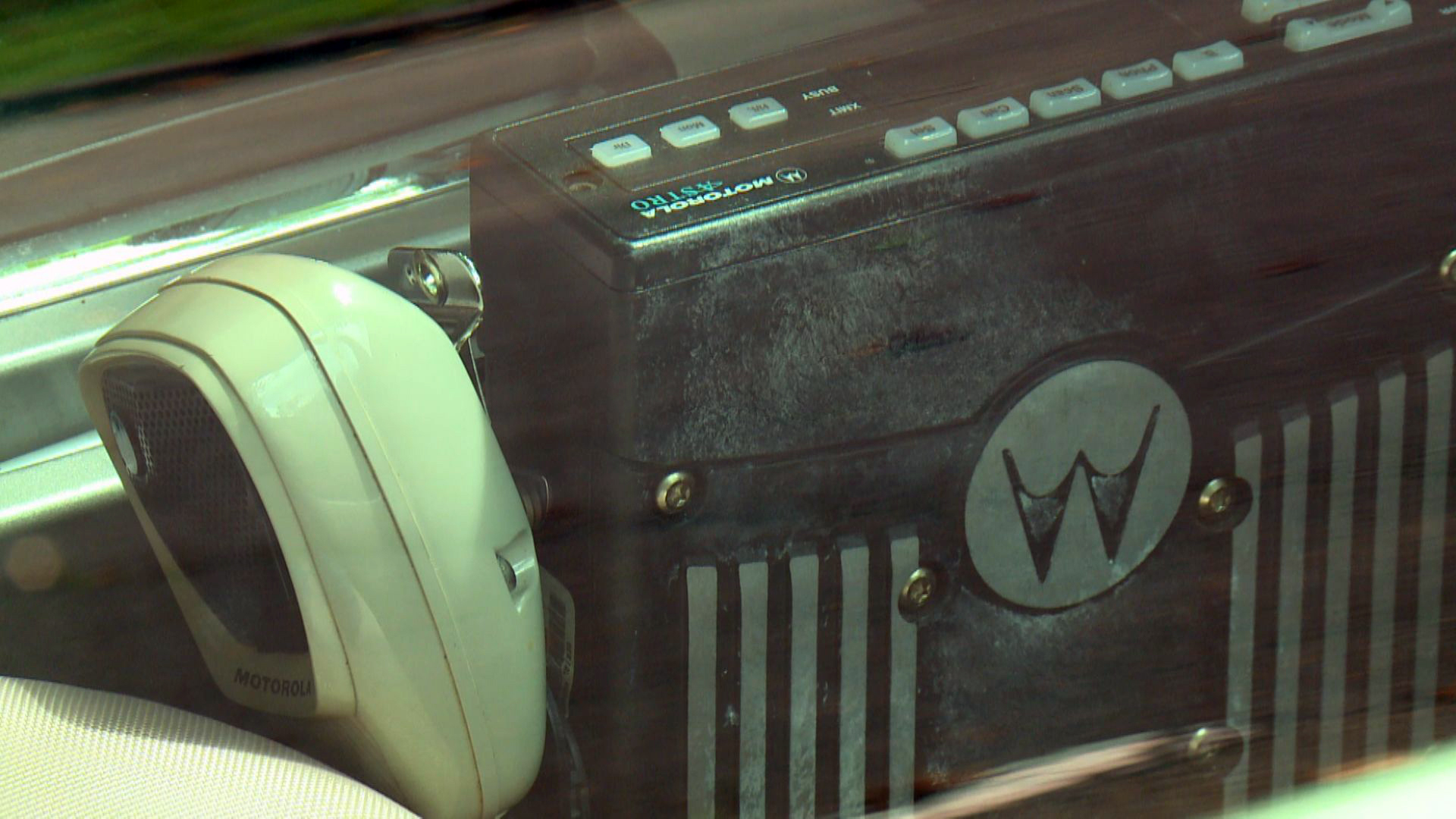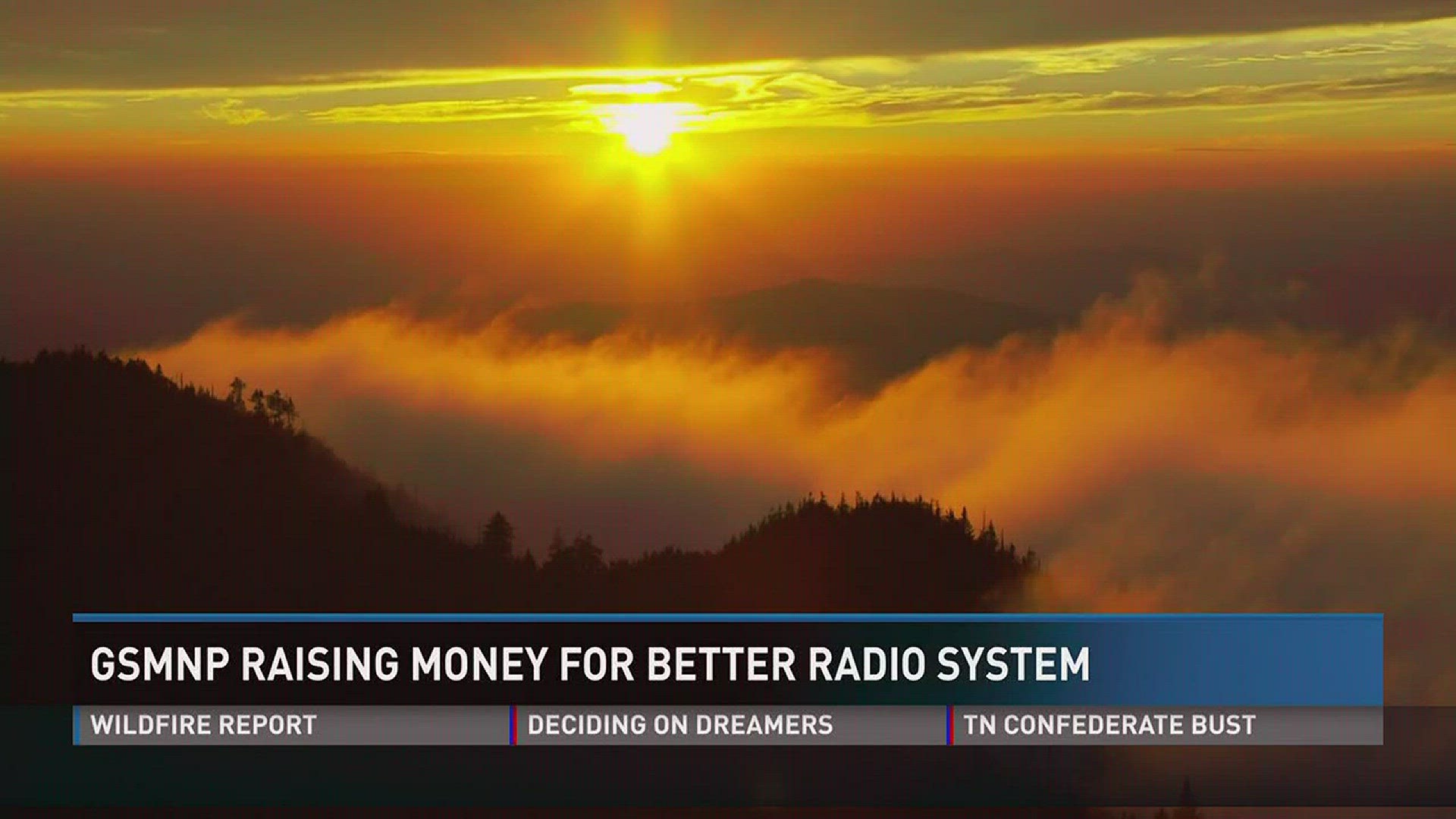The Great Smoky Mountains National Park needs an expensive upgrade to its communications system.
That was one of the conclusions in the recently released review of the GSMNP response to the devastating Sevier County wildfires of November 2016.
"The radio system is the backbone of the park," said Chief Ranger Steve Kloster. "If we do not have a radio system that's functioning properly, we cannot communicate. The radios in our vehicles were purchased in 2003 and they have a 10-year lifespan."

A series of nine radio towers throughout the national park link together to relay radio transmissions. The towers and repeaters are located at Look Rock, Cove Mountain, Gatlinburg, Webb Mountain, Clingmans Dome, Mount Sterling, Barnett Knob, Fry Mountain, and Wachacha Bald.
The connections are arranged like a daisy chain. For example, a transmission from the northwestern portion of the park first goes to the tower at Look Rock, then Cove Mountain, then Webb Mountain, and finally arrives in Gatlinburg to communicate with headquarters. If any of those tower sites malfunction, communication from the northwest to headquarters is lost.
"One of the biggest problems we're having lately is these links are going down. It's difficult to find replacement parts when they go down," said Kloster.


Upgrades to the park's radio system were already on the radar of the non-profit Friends of the Smokies prior to the wildfires and the NPS report. In August, the organization kicked off a $2.5 million fundraising campaign to upgrade the radio system.
The annual Friends Across the Mountains telethon on Aug. 24 raised $208,321 for the campaign.
"This is the second-largest project we've done in our 25 years," said Jim Hart, president of Friends of the Smokies. "This project could not have come along at a more important time. The fact we can raise some of the funds for this and it was just underlined by the results from the [wildfire] study, it's good timing to help people realize the importance of this campaign."
The upgraded radio system will allow the GSMNP to communicate directly with county emergency agencies. It will also include a Computer Aided Dispatch (CAD) system that allows dispatchers to prioritize and record emergency calls while keeping track of where crews are located in the field.

"This will give them a comprehensive way to talk with all the counties in the area about any emergency needs that they have," said Hart.
There are federal funds and grants that will match donations to Friends of the Smokies for this campaign dollar-for-dollar, meaning the goal will be met if the organization can reach the halfway-mark of $1.25 million. All donations to Friends of the Smokies are tax-deductible.
While there is recent attention on the wildfire report, Kloster said the upgraded radio system will help immensely with the daily grind in addition to large disasters.
"If you go hiking in the park and break your ankle, we rely on radios to communicate and help you. If there's a simple thing like a motor vehicle accident or a car runs out of gas, we rely on radios to communicate the issue and get assistance. The radio system is critical and it has to be working every day," said Kloster.

The GSMNP also has a long-term goal of getting an additional assigned frequency specifically for emergency communications. As of now, the park relies on a single channel for all radio communications, meaning maintenance, law enforcement, search and rescue, and anyone else who communicates via radio share a single channel.

